September 2019
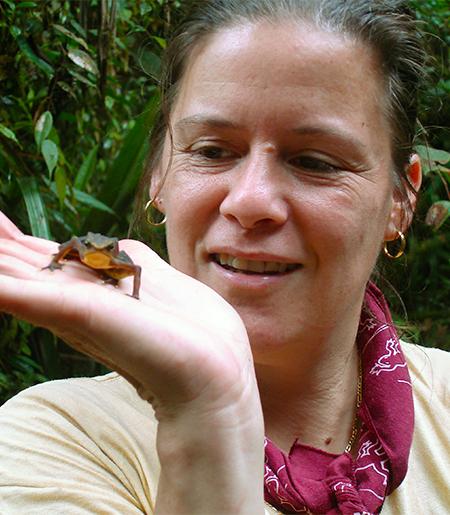
September 30, 2019
Cornell's Professor Kelly Zamudio discusses how two virulent fungi are impacting frog and salamander populations.
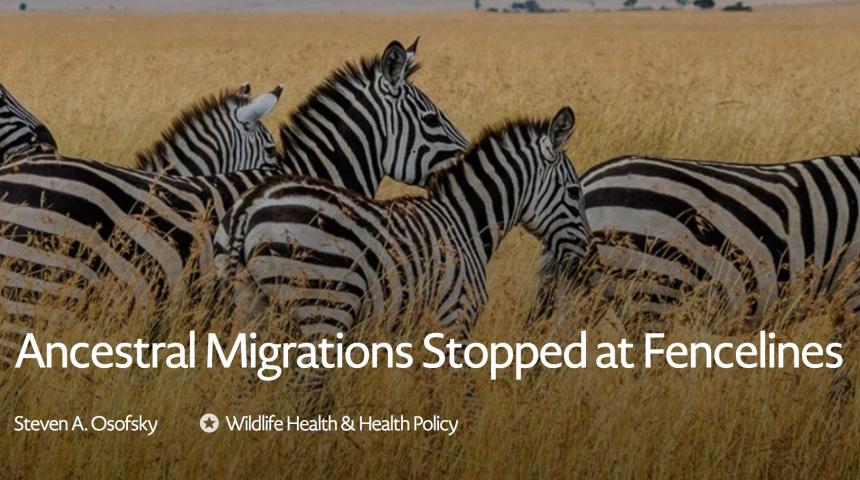
Announcement
September 30, 2019
The Cornell Wildlife Health Center is honored to be featured in Cornell's first Global Grand Challenge - Migrations: Researching, Teaching and Building for a World on the Move, through our One Health partnerships and solutions.
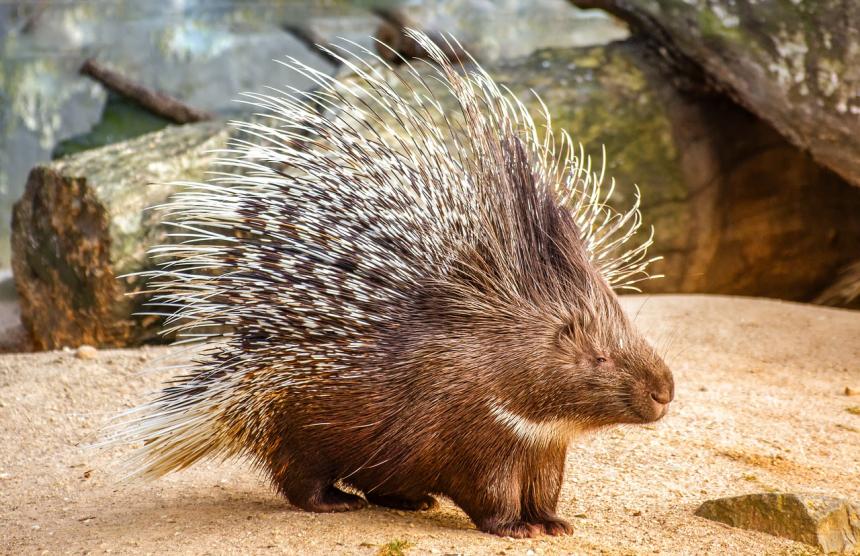
September 23, 2019
Cornell's Dr. Laura Goodman helped to identify a new deadly fungal disease in porcupines, adding to the list of species hit by such outbreaks. The newly discovered fungal disease is zoonotic, which means it can be passed on to humans, although there are no documented cases of this occurring.
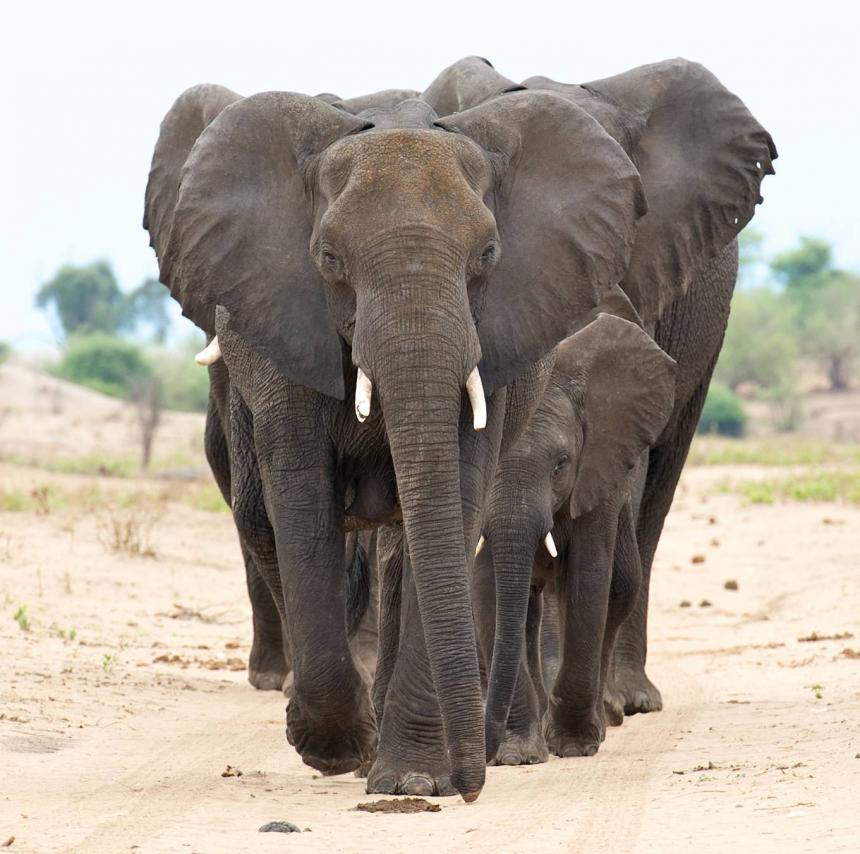
Blog
September 20, 2019
The Cornell Wildlife Health Center's Dr. Steve Osofsky has observed the long-standing conflict between southern Africa's livestock and wildlife sectors firsthand. In this piece for Scientific American, he explains how the region is at a crossroads of opportunity, and offers a novel approach for making Africa's largest transfrontier conservation area a success.
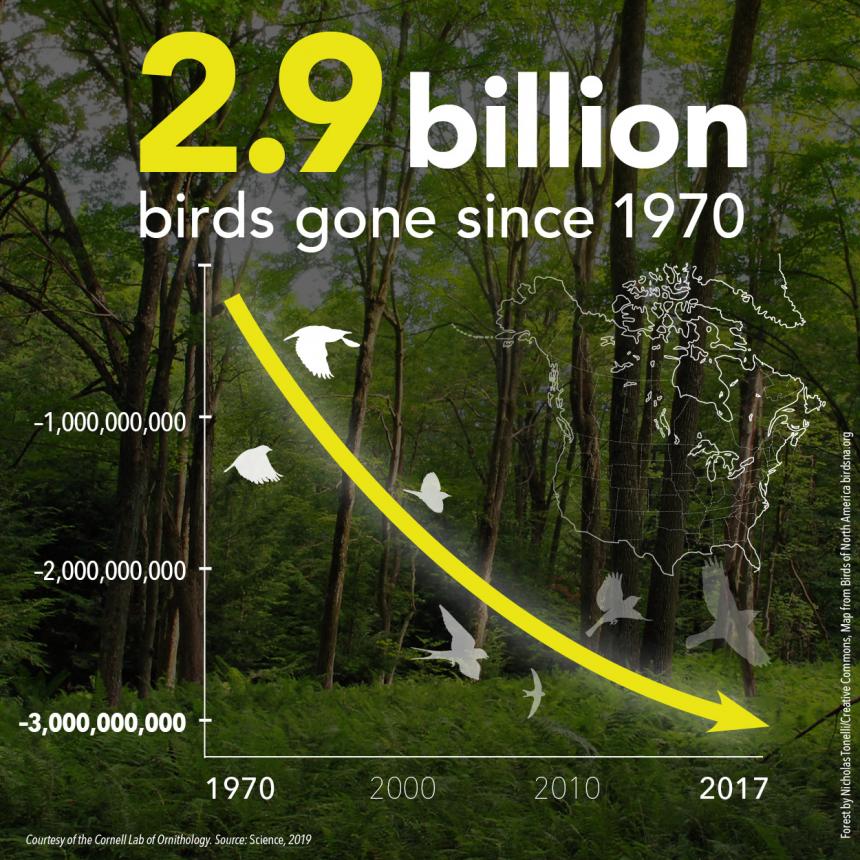
September 19, 2019
According to Cornell-led research published in Science, the total breeding bird population in the continental U.S. and Canada has dropped by 29 percent since 1970.
Video
September 17, 2019
Watch this video of Swanson Wildlife Hospital veterinarians treating a black bear cub after she was hit by a car in the Adirondack Park. After spending time with a wildlife rehabilitator in Oswego County, the bear will be returned to the wild.
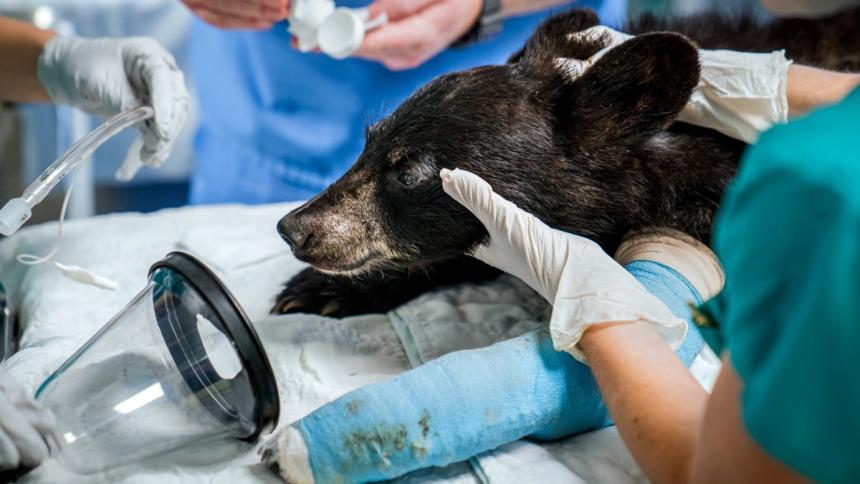
September 17, 2019
After being hit by a car in the Adirondack Park, a female black bear cub was brought to the Janet L. Swanson Wildlife Hospital where it received care to repair its broken left foreleg.
